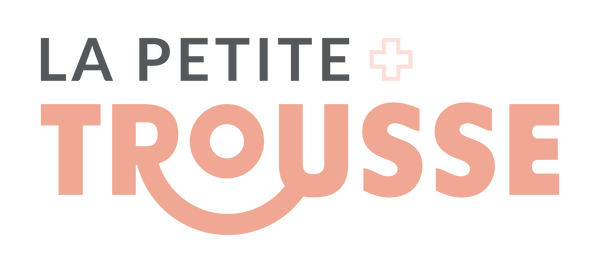Need help using your equipment?
What are the items in your kit for? Here's a page to help you find your way around!
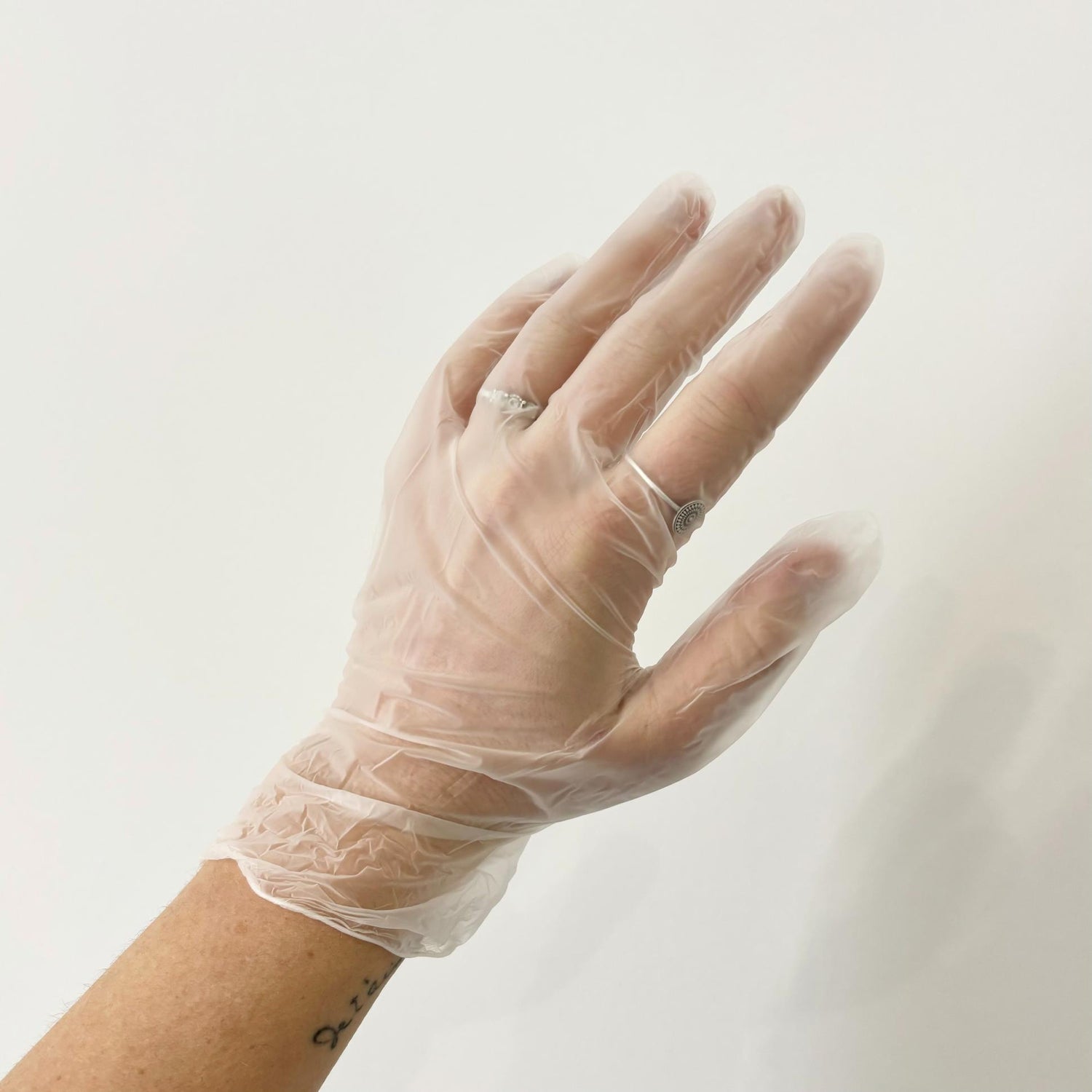
Nitrile Gloves
Don't forget to protect yourself from infections that can be contained in biological fluids. By putting on your gloves, you protect yourself, but you also make sure to avoid putting impurities that may be on your hands into the victim's wound.
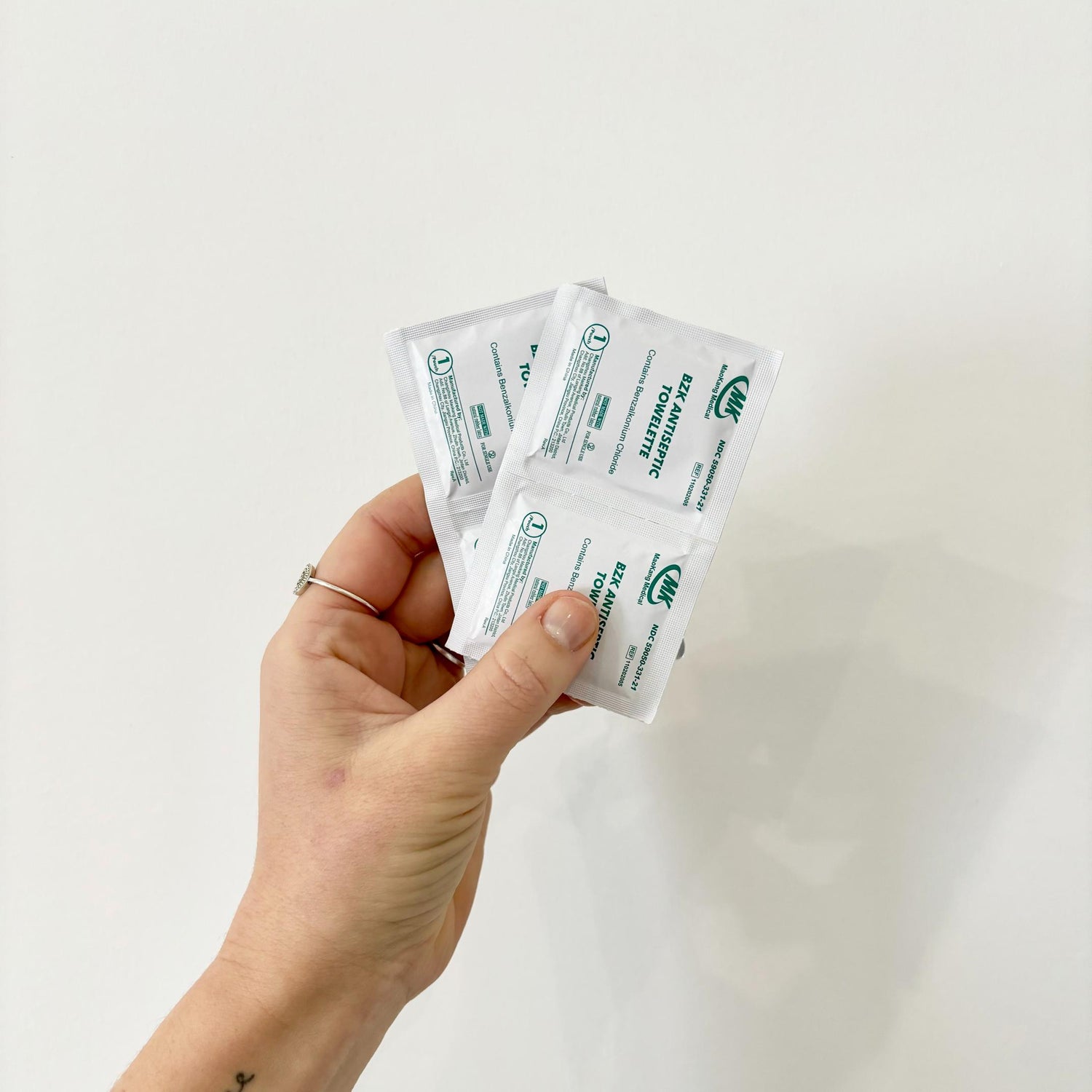
Cleaning wipes
These wipes are handy for cleaning your hands, dirt or blood dried on the skin or around a wound.
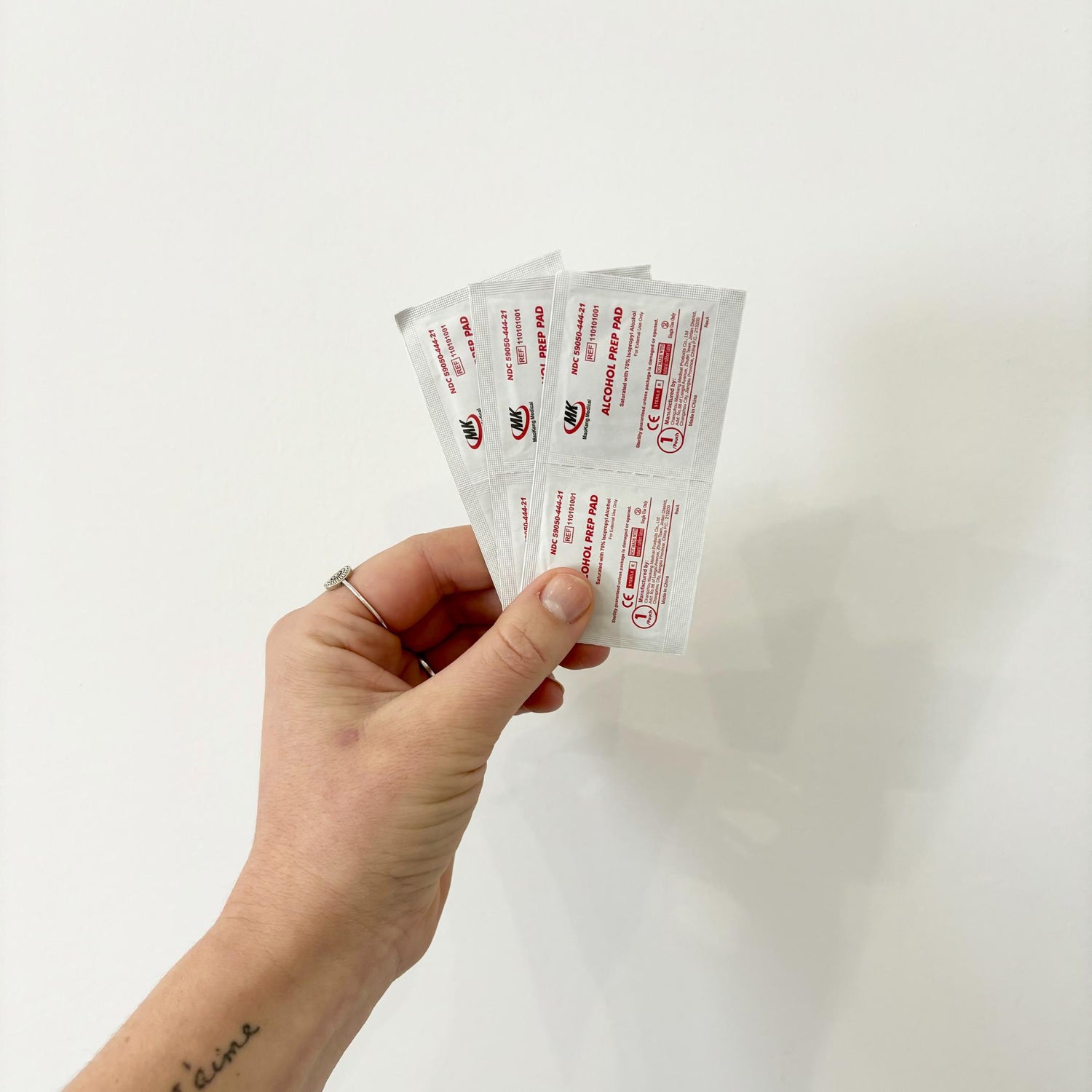
Alcohol swabs
Do not use to clean a wound! These types of products are irritating (as are rubbing alcohol, peroxide, and many others) and may slow healing. Use alcohol swabs to disinfect your hands or the tools you will use to care for the wound. (Example: splinter tweezers)
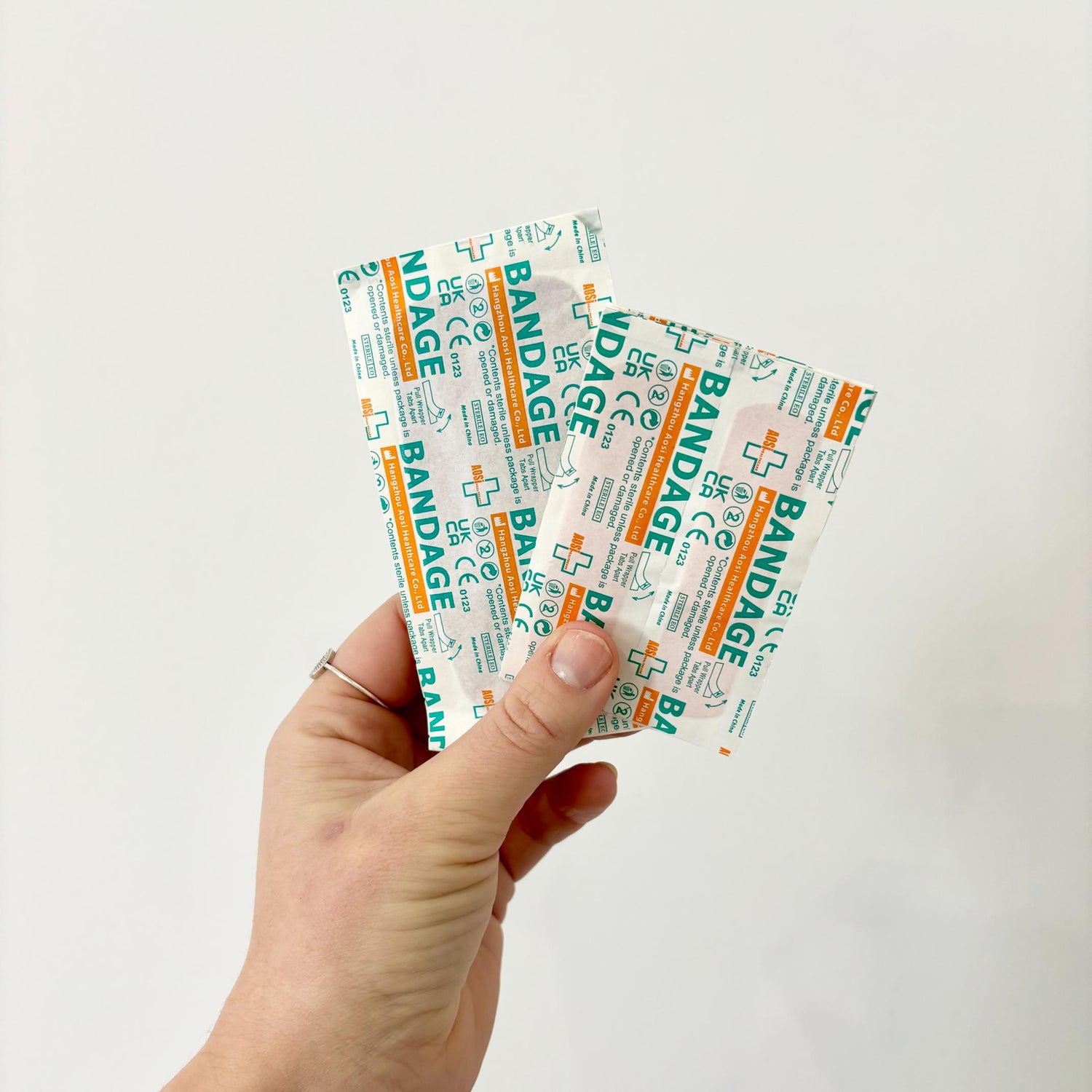
Adhesive bandages
Designed for small wounds, the adhesive bandage is very practical. Apply it so that it completely covers the wound. Avoid touching the cushioned part that will come into contact with the wound. To see how to handle an adhesive bandage without soiling it, watch the video.
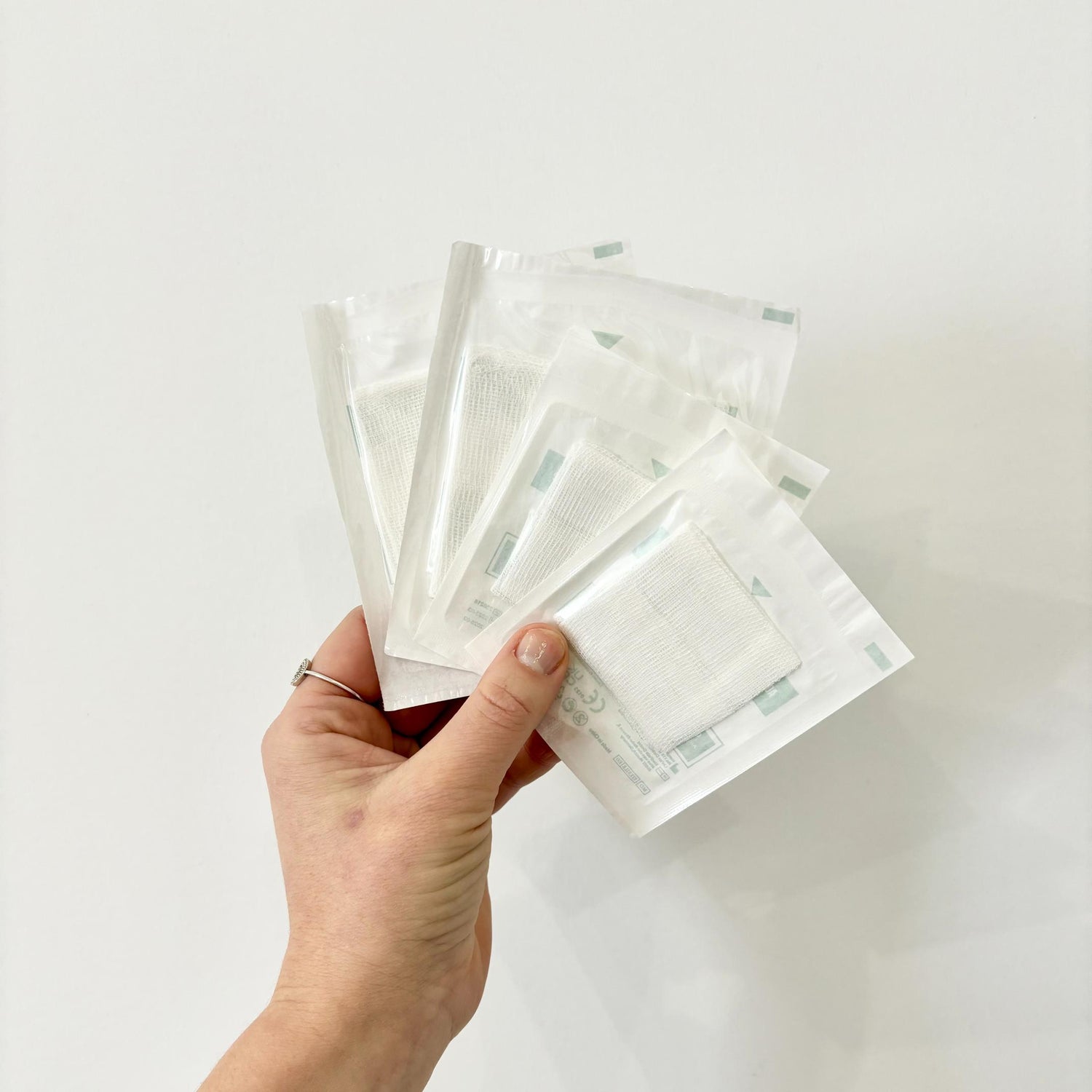
Gauze compress
Gauze compress is absorbent and can cover larger wounds. Use the number of gauzes needed to allow good absorption of liquids. You can stick them with your medical tape or if necessary use a roll of gauze to make a more compressive and absorbent dressing. See video for a demo.
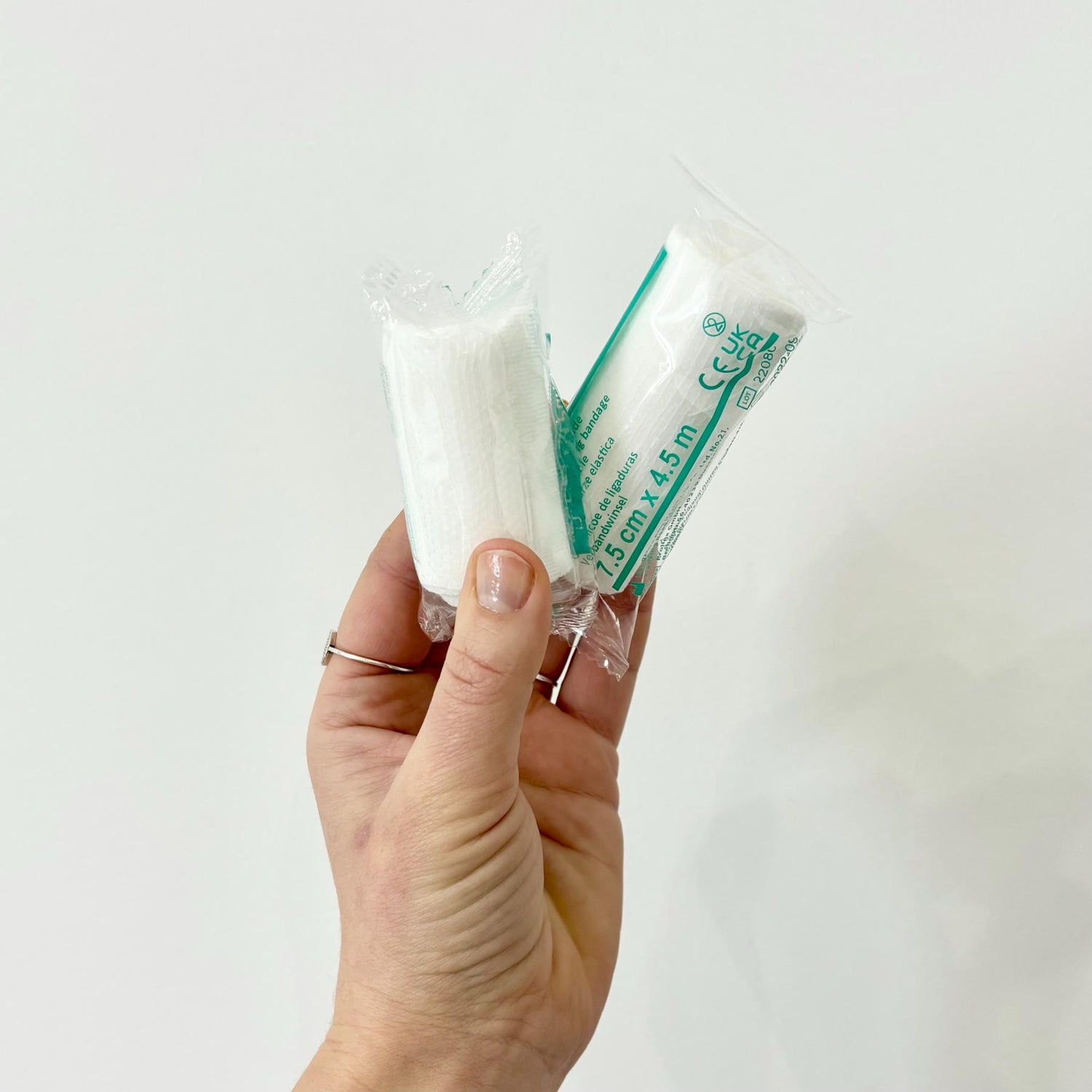
Gauze rolls
They allow you to make compressive and more absorbent dressings. To be used over gauze compresses. Wrap the affected limb tightly if the wound is bleeding. Start your dressing at the end and go up towards the heart (Example: if the wound is near the wrist, start your dressing near the hand and go up towards the elbow.) This helps with circulation. See the previous video.
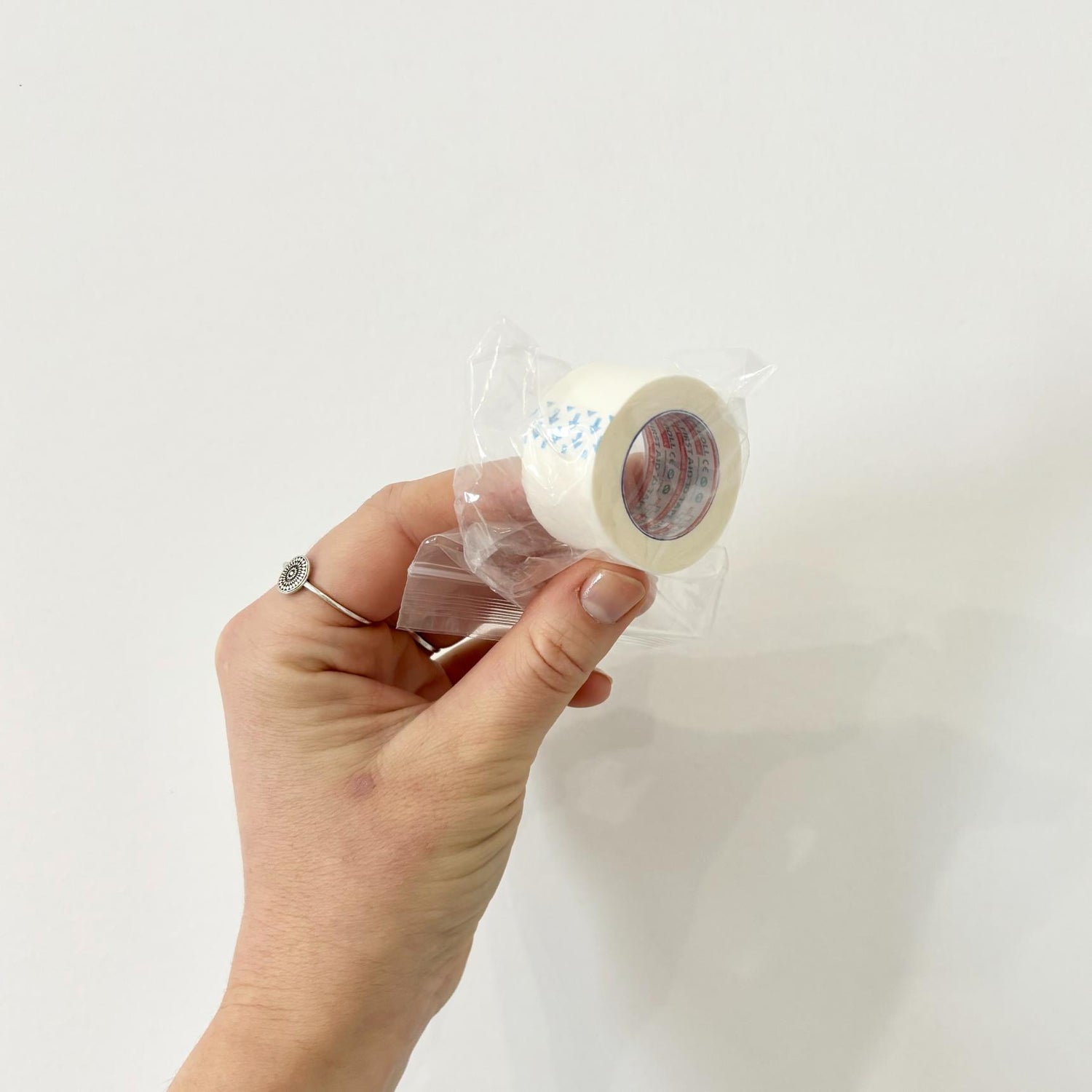
Medical adhesive tape
Use your tape to stick your bandages. The advantage with this type of specialized tape is that it is easy to peel off, therefore painless.
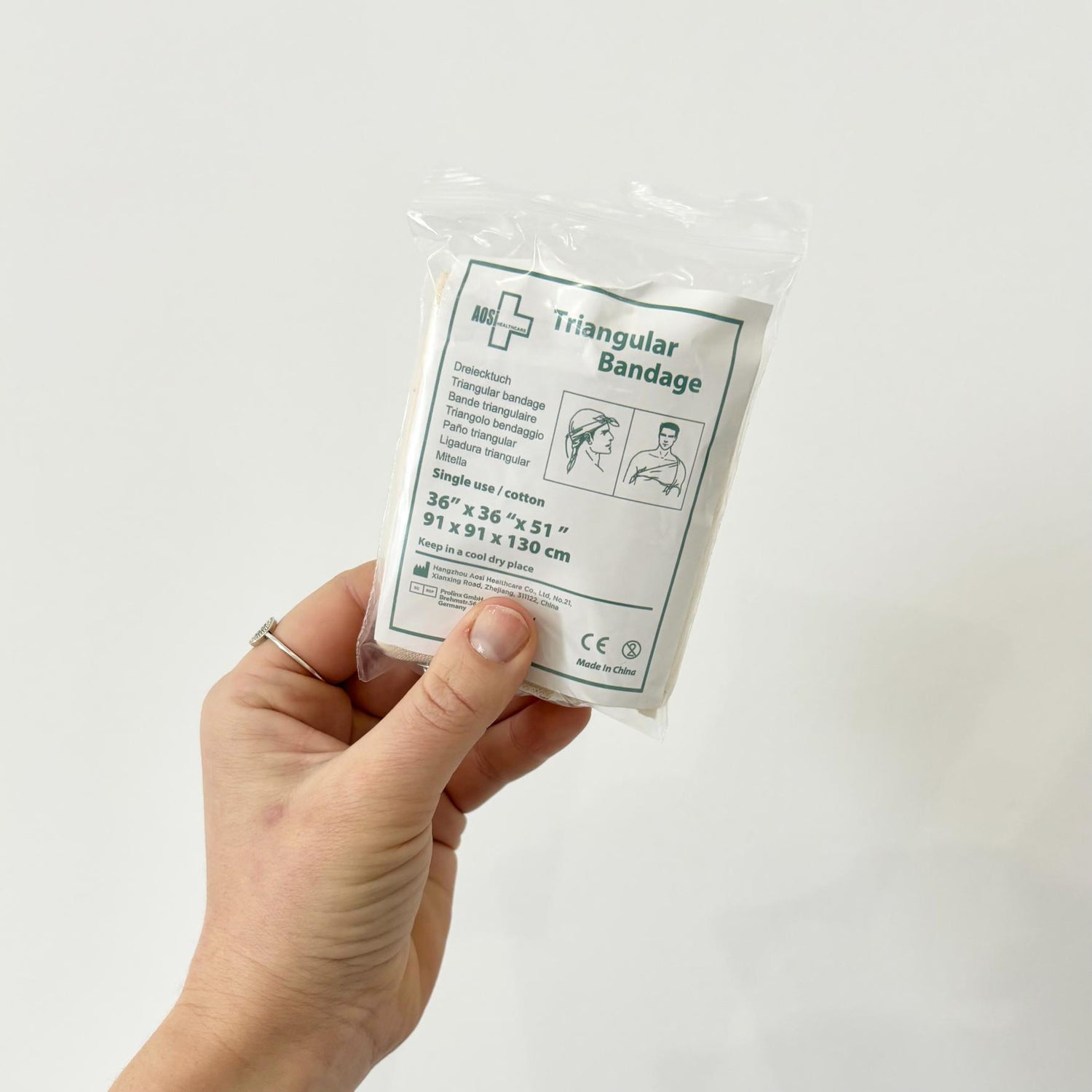
Triangular bandage
The triangular bandage has several functions. You can make a sling for an injured arm, a head bandage, a splint for a broken leg by attaching a stick for example or even a tourniquet! Watch the video for demos.
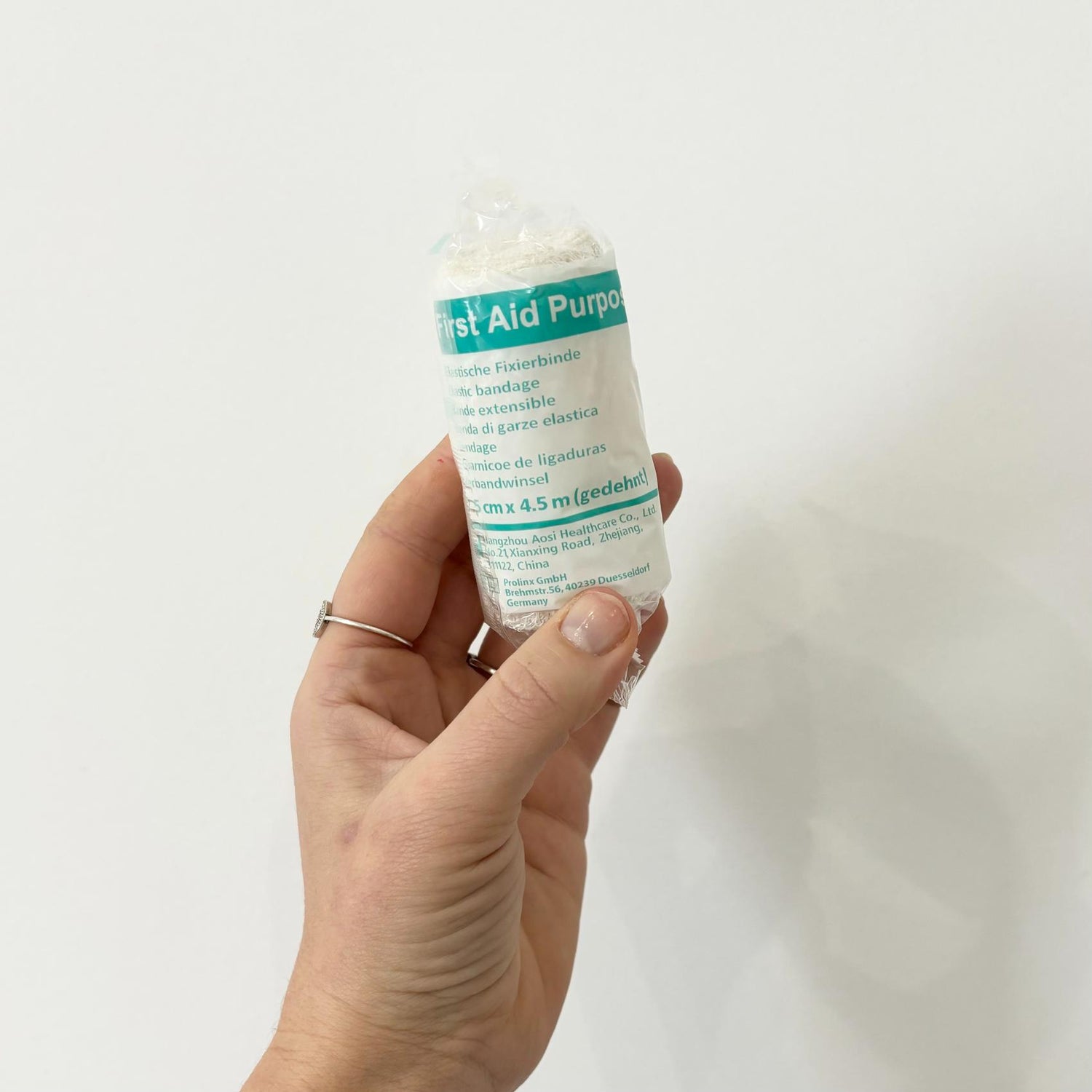
Elastic bandage
Elastic bandage is used for muscle and joint injuries such as sprains and strains. You need to tighten the bandage a little to make it effective, but be careful not to impede circulation! Start from the end and pull your bandage up. Attach with the metal zippers provided. See video demo.
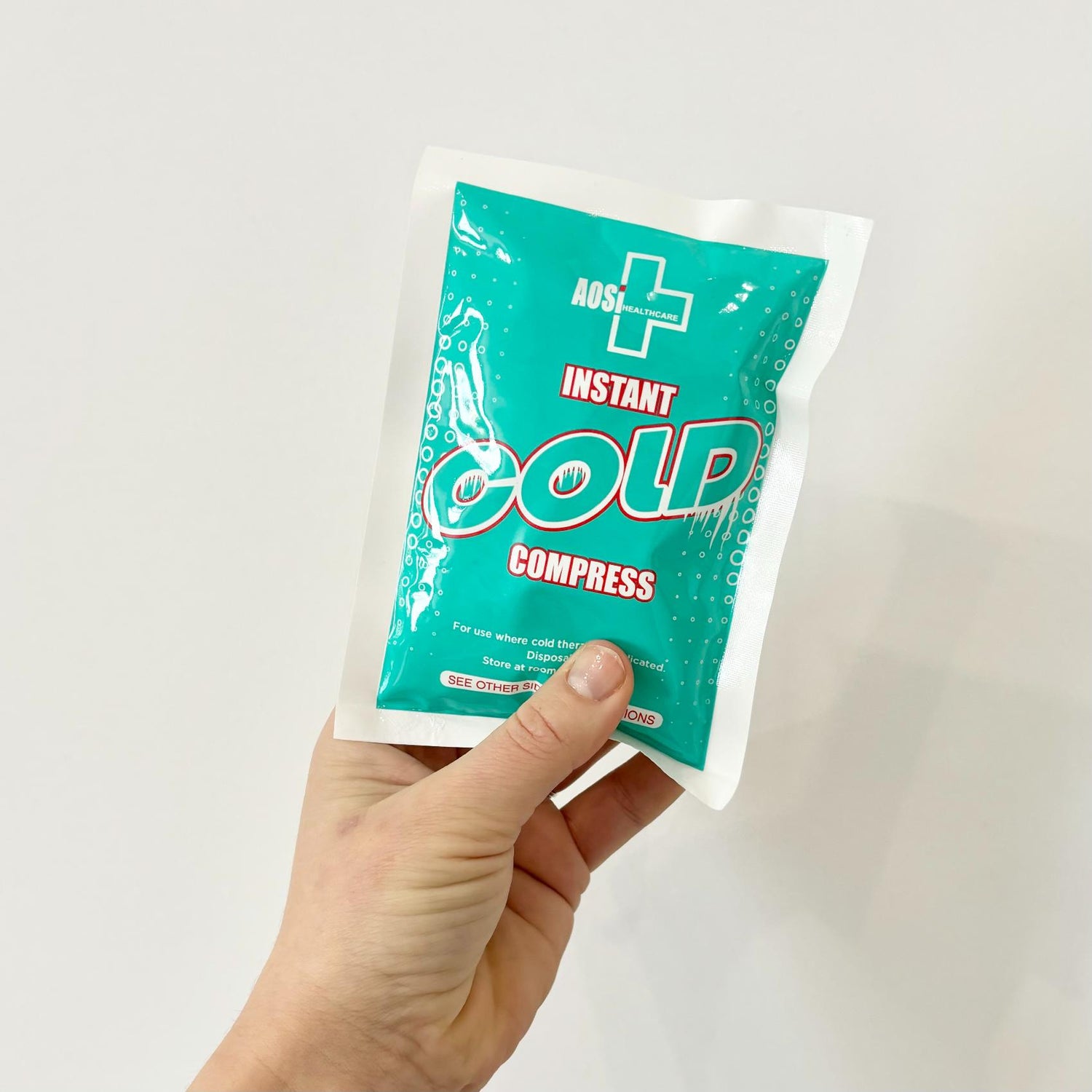
Dry ice bag
This instant dry ice pack provides you with a source of cold in case of injury when you are outside the house. Crack the bubble inside the bag so that the bag becomes cold and helps reduce inflammation and pain. Cold source for about 20 minutes. It is not reusable, you will have to throw it away after use. Watch the video to understand how to use it.
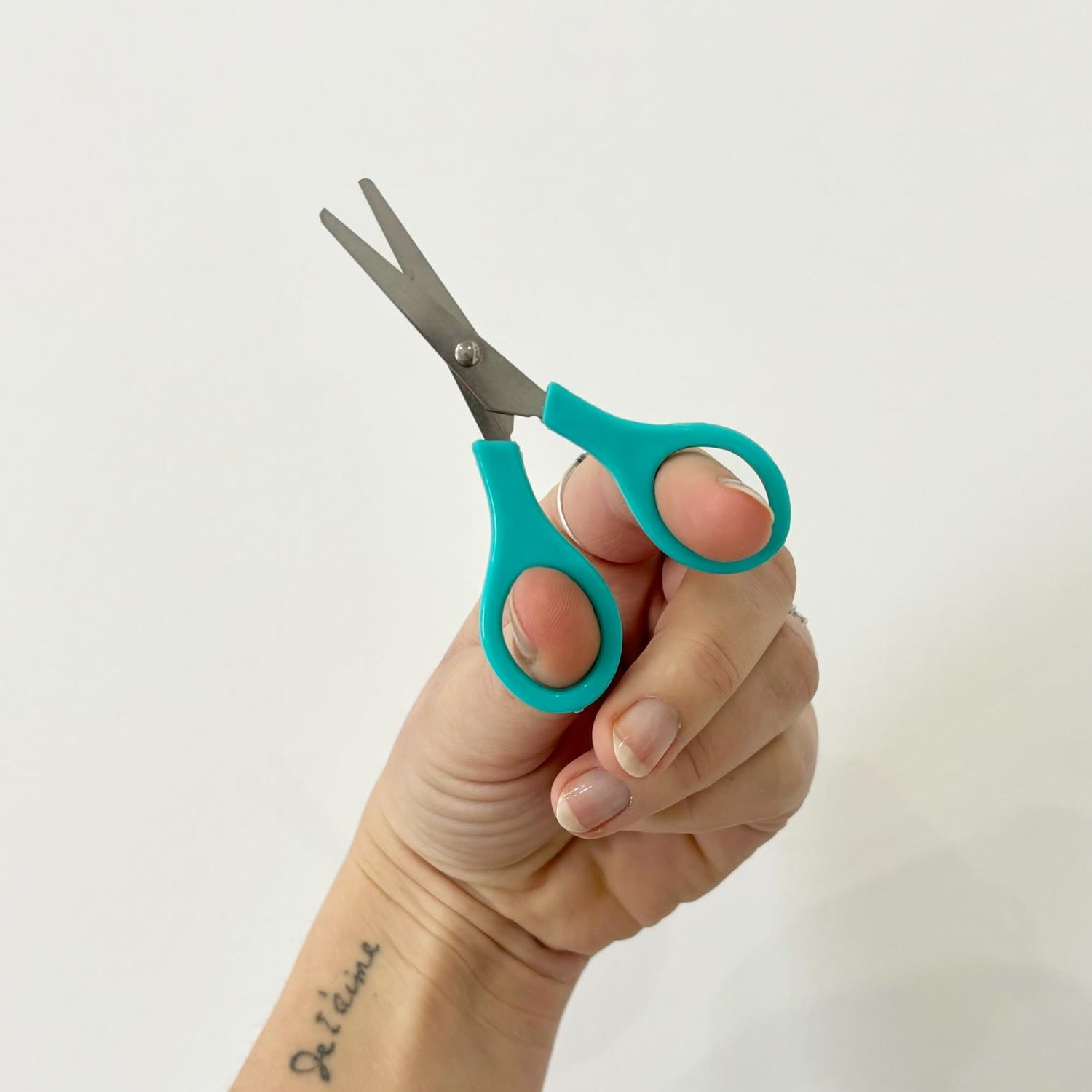
Bandage scissors
These small scissors will allow you to cut your bandages. In particular your rolls of gauze which it is not always necessary to use completely.
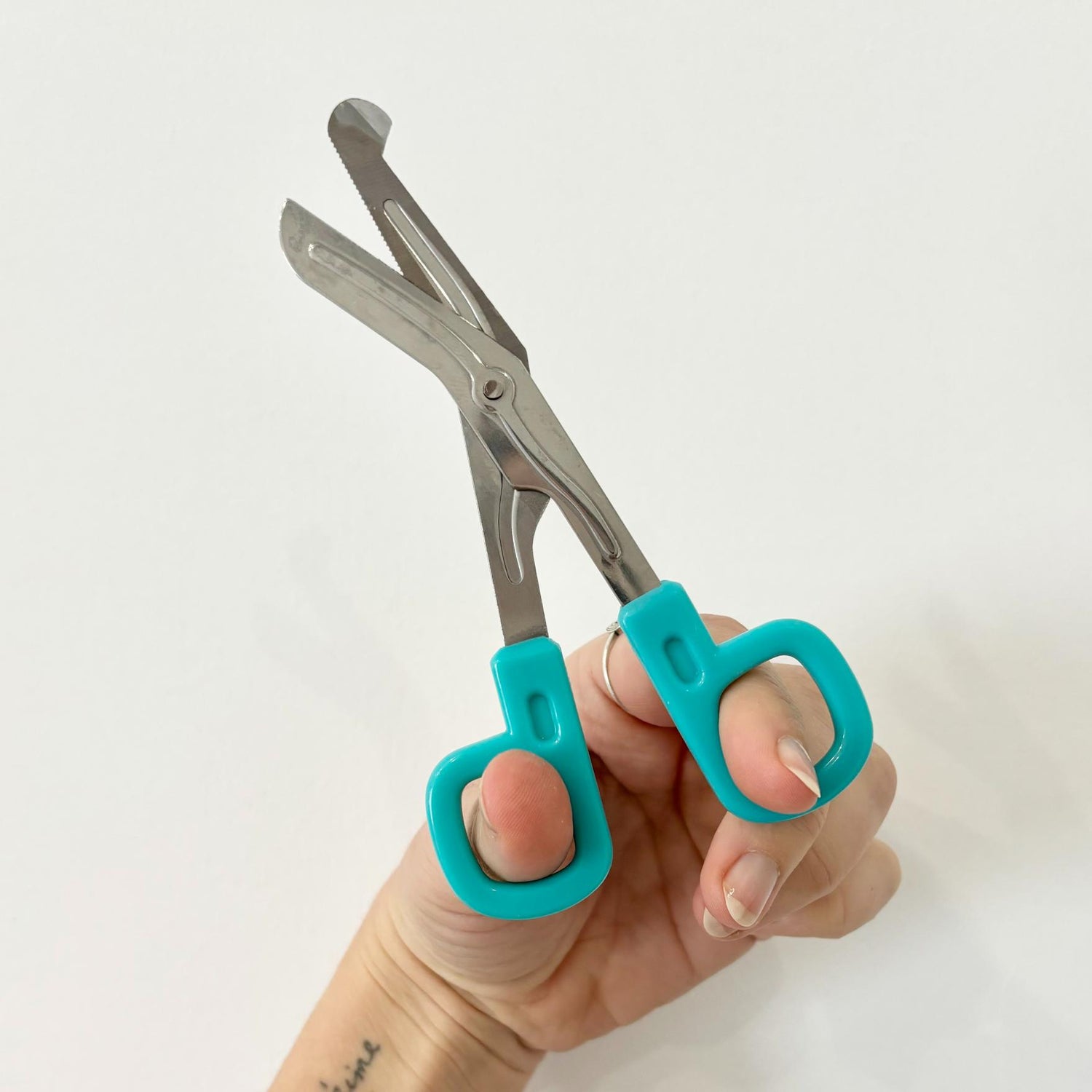
Medical scissors
These scissors really perform. They can cut through clothes, shoes and seat belts. A must have to keep in the car.
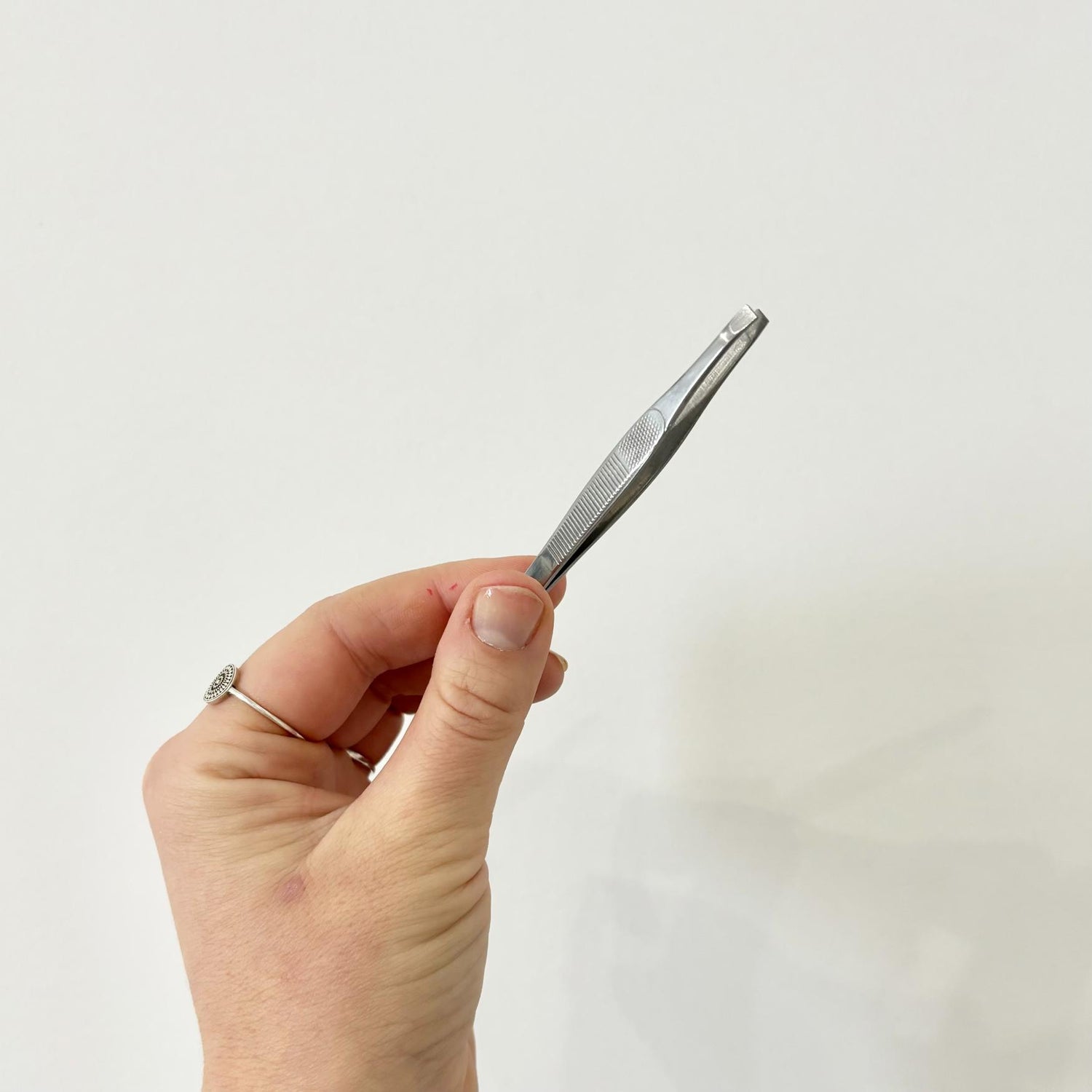
Splinter forceps
Use your tweezers to remove any splinters or impurities that may have resisted rinsing. Be gentle so as not to make the injury worse.
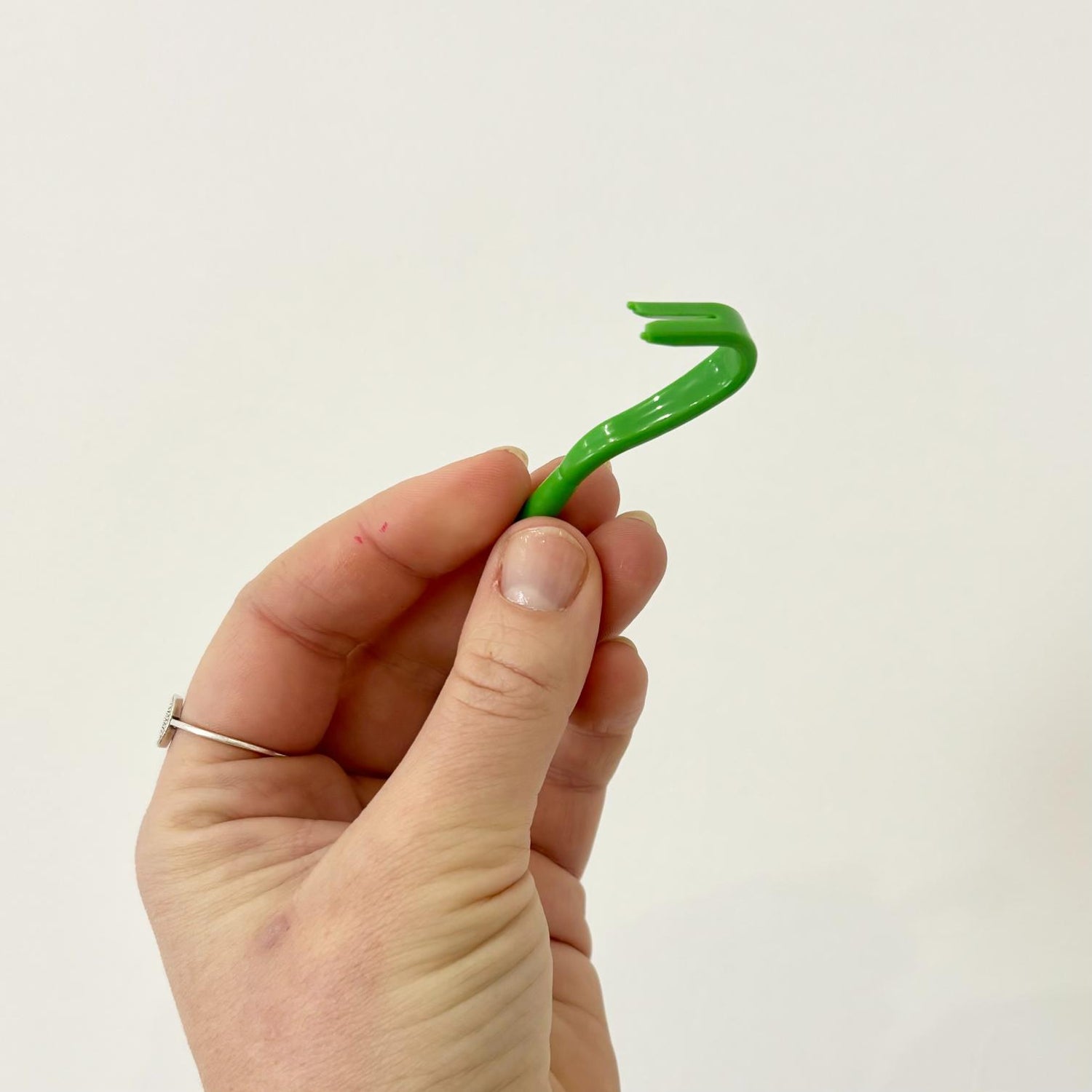
Tick tweezers
Remove a tick that may have lodged in your skin, your child's skin or your pet's skin. It is important to remove ticks properly and these tweezers will help you do just that. Watch the video for a demo.
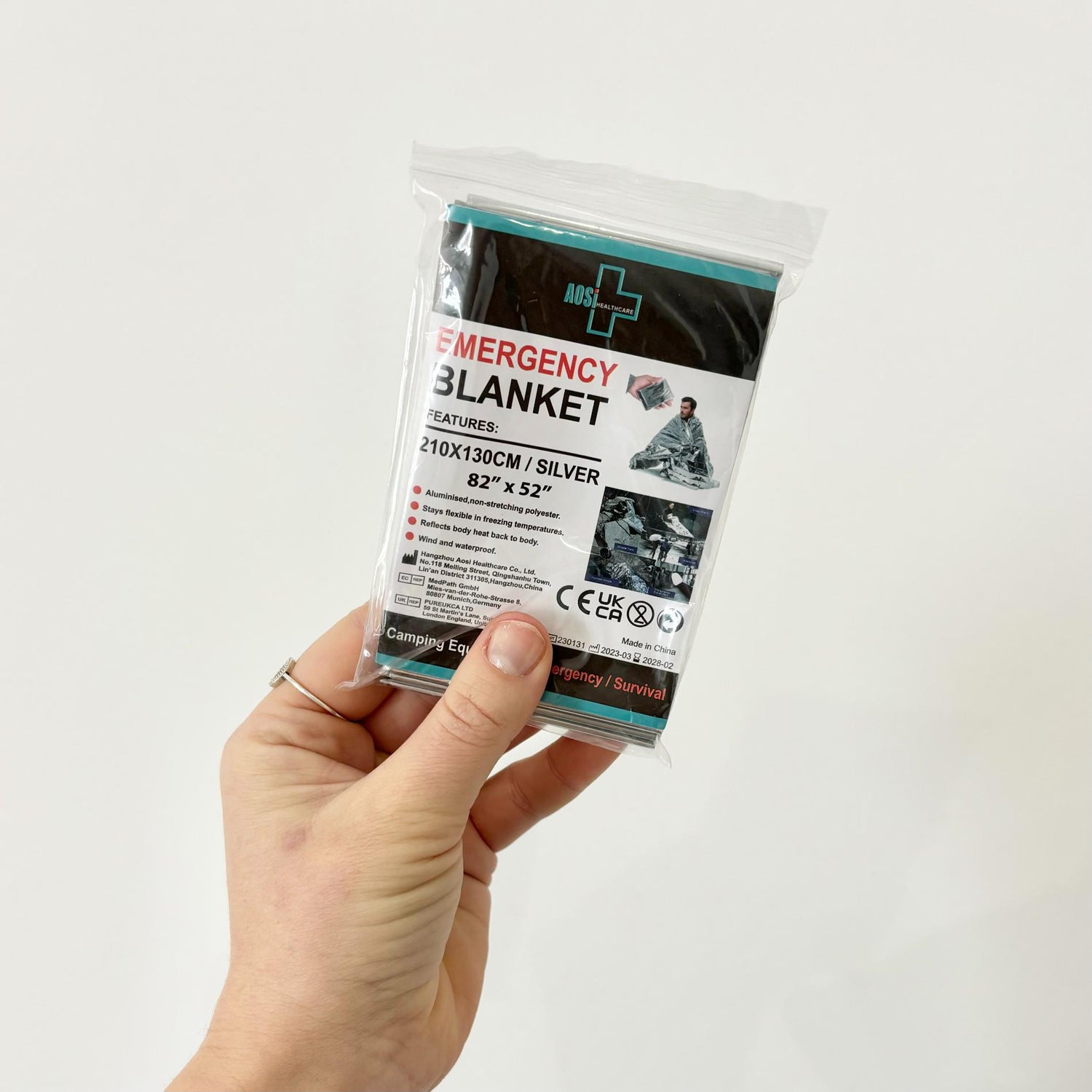
Emergency Blanket
Open and unfold the blanket. Wrap yourself in it, with the shiny side facing you (inside) to reflect the heat back to your body; the heat coming out of your body will hit the blanket and come back to keep you warm.
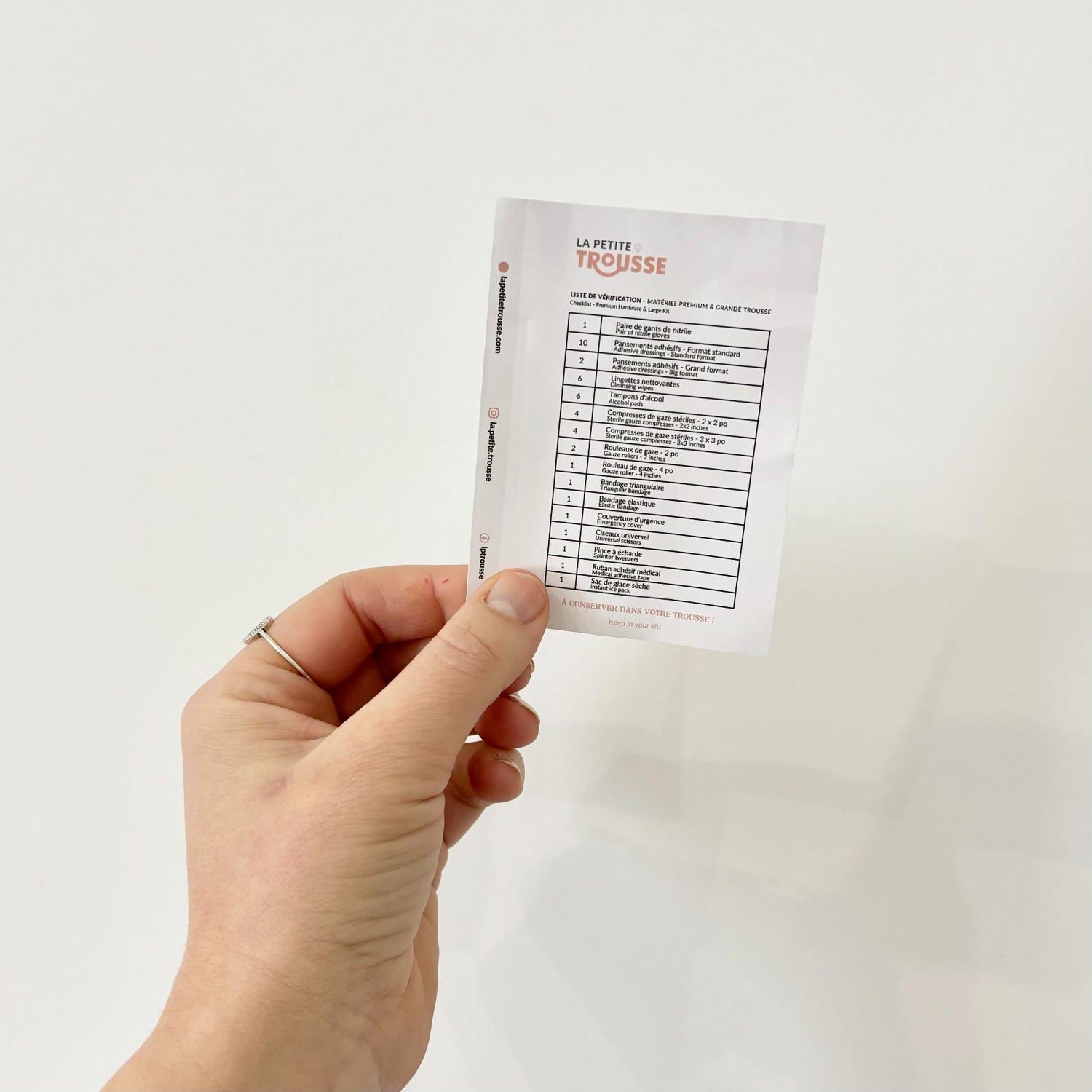
Check-list
Keep the laminated checklist in your first aid kit. Use it to take inventory of equipment that needs to be added or replaced.
